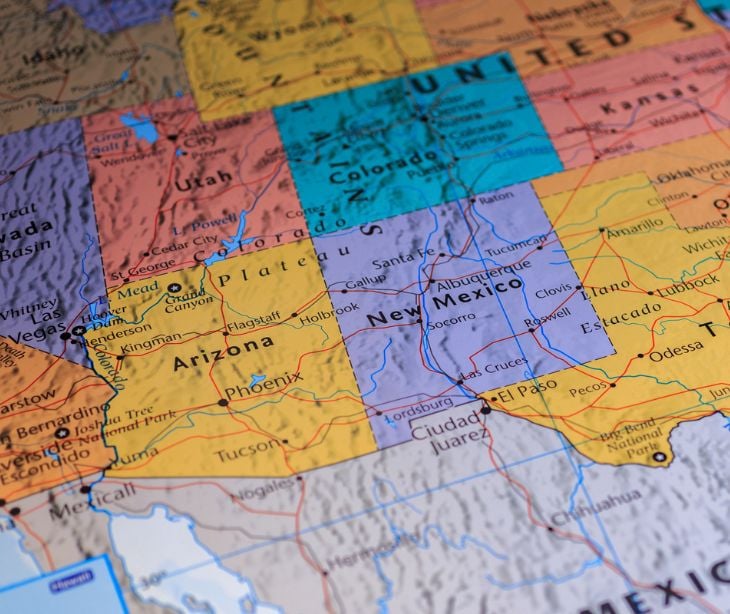3 min read
How the Patient Safety and Quality Improvement Act correlates with HIPAA
Kirsten Peremore
September 08, 2023

The intersection of the Patient Safety and Quality Improvement Act (PSQIA) and HIPAA provides a regulatory overlap within the healthcare industry. While these two laws have distinct purposes, they are designed to complement each other to ensure comprehensive patient safety and data security.
What is the Patient Safety and Quality Improvement Act?
The PSQIA is a healthcare regulation enacted in 2005 with the primary objective of enhancing patient safety and healthcare quality. It establishes a voluntary reporting system designed to facilitate the collection and analysis of data related to patient safety and healthcare quality issues. PSQIA introduces confidentiality protections to encourage healthcare providers to report and thoroughly examine medical errors and safety events without the fear of increased liability.
See also: How HIPAA balances privacy with patient safety in crisis situations
What are Patient Safety Organizations and PSQIA Programs?
Patient Safety Organizations (PSOs) are specialized entities responsible for collecting, analyzing, and improving patient safety data and healthcare quality. They collaborate with healthcare providers and facilities to create an environment where medical errors and safety events can be reported without the fear of increased liability risk. The information they gather, known as "patient safety work product," is protected under federal law to ensure confidentiality and promote honest reporting.
Under the PSQIA, a voluntary reporting system is instituted to collect and analyze data related to patient safety and medical errors. This PSQQIA program encourages healthcare providers to report patient safety events and engage in in-depth analysis without the fear of increased liability risk, fostering an environment of transparency and learning.
Related: How HIPAA and OSHA work together
Understanding Patient Safety Work Product" (PSWP)
Patient Safety Work Product (PSWP) specifically refers to:
- Data, reports, records, and other forms of evidence: This can include any information collected or developed for reporting to a Patient Safety Organization or by such an organization for the purpose of conducting patient safety activities.
- Information that is deliberative and analytical: This means that the information is used to analyze patient safety events to provide feedback and recommendations for improving patient safety.
- Confidentiality: PSWP is protected from legal discovery and other forms of disclosure. This protection is designed to encourage healthcare providers to share and analyze information about patient safety events without fear of legal repercussions.
Note: Not all information related to patient safety is considered PSWP. For instance, original medical records, billing and discharge information, or any other information collected, maintained, or developed separately from patient safety evaluation systems are not considered PSWP, even if they are used to report an event to a PSO.
The intersection of PSQIA and HIPAA
- Healthcare regulation: Both HIPAA and PSQIA are regulations aimed at improving the healthcare system, albeit with different primary focuses.
- HHS oversight: The Department of Health & Human Services (HHS) plays a significant role in both regulations. HHS oversees HIPAA compliance and is responsible for implementing confidentiality protections and enforcement provisions of PSQIA.
- Protection of health information: HIPAA sets rules to keep protected health information private and secure. PSQIA, meanwhile, ensures that data related to patient safety (which might also have health information) is kept confidential.
- Business associates: Both HIPAA and PSQIA recognize the role of business associates. Entities that handle PHI under HIPAA and Patient Safety Organizations under PSQIA are considered business associates and must adhere to specific rules and requirements.
- Enforcement: Both regulations provide mechanisms for enforcement. They allow for the imposition of civil monetary penalties (CMPs) for violations, although the specific enforcement processes differ.
- Compliance programs: Covered entities under both regulations are encouraged to establish compliance programs to ensure adherence to the rules and standards. This includes training, policies, and procedures to protect patient information and promote patient safety.
- Patient safety: While HIPAA primarily focuses on privacy and security, PSQIA contains provisions related to patient safety. PSQIA encourages reporting and analysis of patient safety events to enhance healthcare quality and patient safety outcomes.
- Non-interference: PSQIA is designed not to interfere with the implementation of any provision of the HIPAA Privacy Rule. Both regulations are meant to complement each other rather than conflict.
The role of the HHS in enforcement
Under HIPAA, HHS' Office for Civil Rights (OCR) ensures covered entities and their business associates comply with the HIPAA Privacy, Security, and Breach Notification Rules. This includes investigating complaints, conducting audits, and imposing civil monetary penalties for HIPAA violations.
Regarding PSQIA, the OCR oversees the enforcement of confidentiality protections and provisions related to patient safety work product. It can impose civil monetary penalties for impermissible disclosures of patient safety work product and is responsible for interpreting and enforcing the confidentiality aspects of PSQIA.
The OCR also provides technical assistance, public information, and regulatory development related to these regulations. While HHS OCR manages the enforcement of HIPAA, it collaborates with the Agency for Healthcare Research and Quality (AHRQ) in the administration of PSQIA, particularly in the listing of Patient Safety Organizations and other aspects related to patient safety.
Differences between PSQIA and HIPAA
While PSQIA and HIPAA regulations work together and are not conflicting, there are differences between them. PSQIA does not impose dual penalties, meaning that covered entities or business associates cannot be penalized for the same violation under both PSQIA and HIPAA. Additionally, the HIPAA Privacy Rule does not require covered providers to obtain patient authorizations to disclose patient safety work product containing protected health information to PSOs.
Subscribe to Paubox Weekly
Every Friday we'll bring you the most important news from Paubox. Our aim is to make you smarter, faster.




